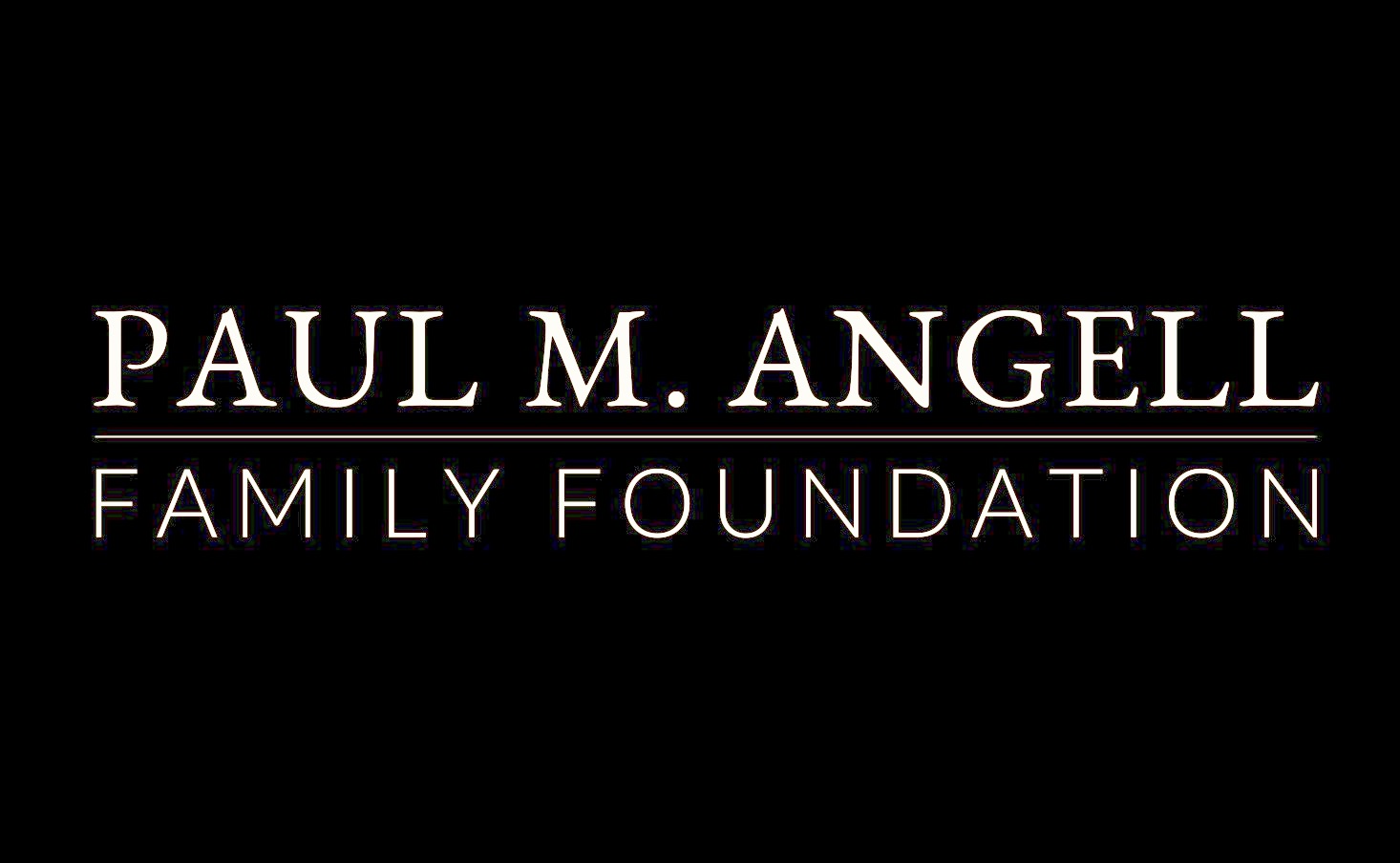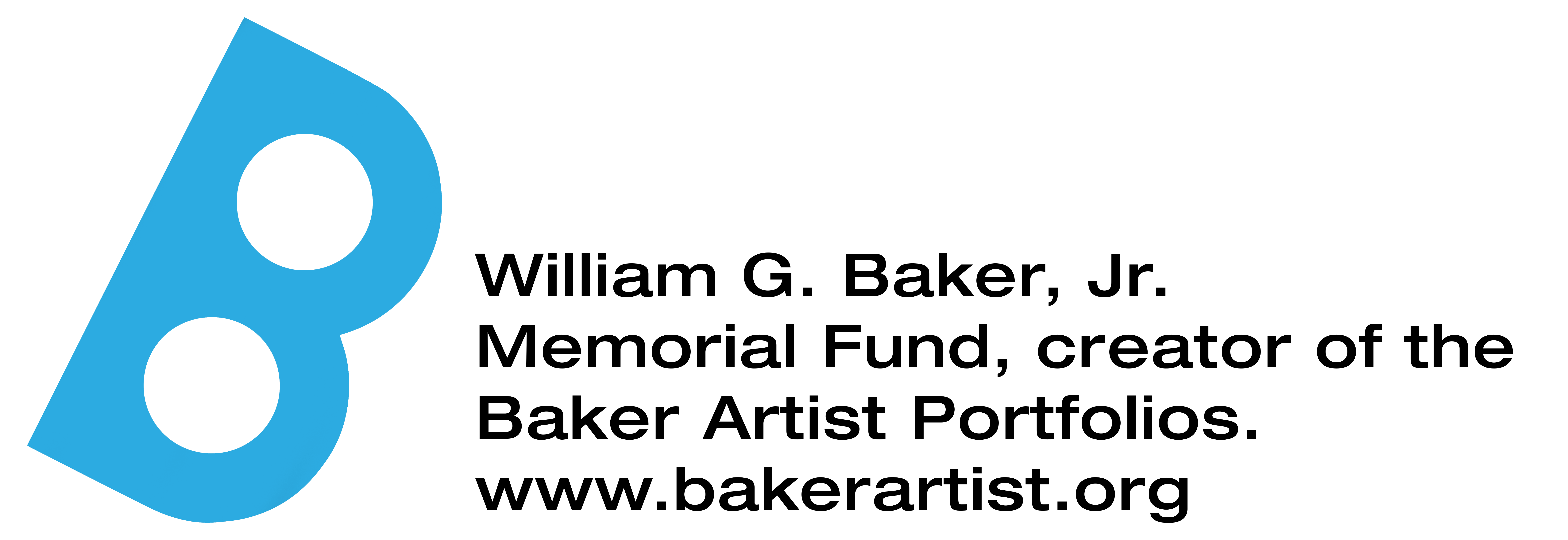Angela Hewitt, piano
Location: Shriver Hall
Globally lauded for her Baroque artistry, Canadian pianist Angela Hewitt won the prestigious City of Leipzig Bach Medal in 2020 and The Daily Telegraph has praised her “crispness and clarity” and “exquisite precision.” Her mastery shines in a program of Baroque brilliance: two adventurous Bach works, the fiery virtuosity of Scarlatti, and Rameau’s elegant Suite No. 2 – her Hyperion recording of which The Times (London) hailed as “magnificent.”
"I know of no musician whose Bach playing on any instrument is of greater subtlety, beauty of tone, persuasiveness of judgement of instrumental command than Hewitt's is here." —BBC Music Magazine
What You'll Hear
About the sponsor
Paul and Barbara Krieger, great lovers and players of early music, endowed this concert in 2003. Paul, a retired pathologist, has turned to another great love: the study of music theory. Barbara was the executive director of the Vineyard Theater, an off-Broadway theater that she founded in 1981 that garnered two Pulitzer Prizes among many other honors. Currently, she is the artistic director of New York City's Children's Theater, a family theater and education company that she founded in 2001. The Kriegers have a collection of historical keyboard, wind, and string instruments, all of which they enjoy playing together with their many musical friends.

Angela Hewitt
Angela Hewitt occupies a unique position among today’s leading pianists. With a wide-ranging repertoire and frequent appearances in recital and with major orchestras throughout Europe, the Americas, and Asia, she is also an award-winning recording artist whose performances of Bach have established her as one of the composer’s foremost interpreters. In 2020 she received the City of Leipzig Bach Medal.
In March 2024, Hewitt embarked on her latest project, The Mozart Odyssey, comprising the composer’s complete piano concertos. This follows Hewitt’s highly acclaimed Bach Odyssey cycle (2016–22), in which she performed the complete keyboard works of Bach across 12 recitals, presented worldwide. The Mozart Odyssey continues in 2025-26 with engagements across 13 countries. Recent and upcoming performances include Mozarteumorchester Salzburg; the Brussels, Royal Liverpool, Warsaw, and Tampere philharmonics; the Estonian National, Fort Worth, Montreal, Toronto, and Vancouver symphonies; and the NAC (Ottawa) and Ulster orchestras, among others. Hewitt is also in demand as a player-conductor, collaborating with Orchestra of St Luke’s, Cameristi della Scala, Tapiola Sinfonietta, Bochumer Symphoniker, Royal Northern Sinfonia, London Mozart Players and Malaysian Philharmonic Orchestra as part of The Mozart Odyssey.
Elsewhere in 2025-26, Hewitt maintains a busy recital schedule, including concerts in New York City, Zurich, Frankfurt, San Francisco, Baltimore, Barcelona, Bonn, and Helsinki, as well as her regular appearances at London’s Wigmore Hall. Recent recital tours have included Australia and Japan.
Hewitt’s award-winning cycle for Hyperion Records of all the major keyboard works of Bach has been described as “one of the record glories of our age” (The Sunday Times). Her discography also includes albums of Couperin, Rameau, Scarlatti, Mozart, Beethoven, Chopin, Schumann, Liszt, Fauré, Debussy, Chabrier, Ravel, Messiaen, and Granados. Her most recent recordings include the three volumes of Mozart’s complete piano sonatas, the final of which was released in June 2025. A regular in the U.S. Billboard chart, her 2021 album “Love Songs” hit stayed at the top of the specialist classical chart in the U.K. for months. In 2015 she was inducted into Gramophone Magazine’s Hall of Fame.
Born into a musical family, Hewitt began her piano studies at age three. In 1985, she won the Toronto International Bach Piano Competition, which launched her career. In 2018 she received the Governor General’s Lifetime Achievement Award, and in 2015 she received the highest honor from her native country—becoming a Companion of the Order of Canada. In 2006 she was awarded an OBE from Queen Elizabeth II. She is a member of the Royal Society of Canada, has seven honorary doctorates, and is a Visiting Fellow of Peterhouse College in Cambridge. In 2020 she was awarded the Wigmore Medal in recognition of her services to music and relationship with the hall over 35 years.
Based in London, Hewitt founded the Trasimeno Music Festival—a week-long annual event which draws an audience from all over the world, 21 years ago in Umbria, Italy. To mark its 20th anniversary in 2025, Hewitt curated a celebratory concert at Wigmore Hall.
"The paramount quality of Angela Hewitt's piano playing is the joy it communicates. Underpinning it there is incontrovertible intellectual rigor; and there are great reserves of wisdom and technical finesse. But the thing that came across so strongly in this substantial recital was that she has an ability to seize upon the distinguishing traits of a piece of music, conceive them carefully in terms of the piano, and then, most importantly, interpret them in a way that speaks with candor, freshness and animation." —Daily Telegraph
Johann Sebastian Bach (1685-1750)
Toccata in D major, BWV 912
View NotesTo Carl Philipp Emanuel Bach, the most famous of Johann Sebastian’s musical sons, his father was “the most prodigious organist and keyboard player that there has ever been.” By the time of his death in 1750, the elder Bach’s towering stature as a virtuoso was universally acknowledged. Yet his only formal instruction on keyboard instruments came from his older brother Johann Christoph, who served as organist in the small central German town of Ohrdruf. Bach’s keyboard playing, like his compositions, reflected a synthesis of the “learned” and heavily contrapuntal German idiom, the melodious, extraverted Italian style, and the French penchant for florid, speech-like arioso. He studied and admired the works of François Couperin and his fellow claveciniste composers, whose harpsichord music demanded exceptional lightness and evenness of touch to achieve its characteristic blend of delicacy and brilliance. Bach’s first biographer, Johann Nikolaus Forkel, noted the economy of his keyboard technique: “Bach is said to have played with so easy and small a motion of the fingers that it was hardly perceptible. Only the first joints of the fingers were in motion; the hand retained even in the most difficult passages its rounded form; the fingers rose very little from the keys, hardly more than in a trill, and when one was employed, the other remained quietly in its position.”
Bach was still a journeyman organist when he wrote his seven keyboard toccatas, BWV 910-916, in the early years of the 18th century. Derived from the Italian verb meaning “to touch,” a toccata is a virtuosic instrumental piece in a quick tempo designed to show off the player’s agility and lightness of touch. The genre arose in 16th-century Italy as a vehicle for improvisational display and soon took root in Germany, where it developed into a large-scale form in which elaborate fantasy-like passages alternated with strict fugues, exercising the fingers as well as the brain. It’s easy to imagine why such a combination appealed to Bach, who was both an ace improviser and a brilliant contrapuntist. The Toccata in D major is the work of a prodigiously gifted young musician who is stretching his legs, experimenting with new forms and techniques, and showing the world what he’s capable of. After a brief warm-up featuring a sequence of ascending scales, Bach launches into the first of two brisk fugues, the first built on an angular, disjunct theme, the second on a pattern of oscillating triplets. In between comes a rhapsodic, harmonically searching adagio.
© Harry Haskell, 2025
Jean-Philippe Rameau (1683-1764)
Suite No. 2 in A minor
View NotesFrench music. In his lifetime he was equally renowned as a composer and music theorist, but his claim to immortality rests chiefly on the operas he wrote in his last three decades. The first, Hippolyte et Aricie, was composed at age 50; the last, Les Boréades, when he was nearly 80. In the intervening years, Rameau virtually defined the genres of the tragédie lyrique and opéra-ballet with such masterpieces as Castor et Pollux, Platée, and Les Indes galantes. His late-life focus on dramatic music set him apart from his senior contemporary François Couperin, who wrote no fewer than 27 suites for solo harpsichord. After publishing his first album of harpsichord pieces in 1706, Rameau waited almost two decades to bring out a sequel. The Suite No. 2 in A minor appeared in his third and final collection, the Nouvelles suites de pièces de clavecin, which came out at the end of the 1720s, as he was preparing to make his career pivot to the opera house.
The supple lyricism and refinement of Rameau’s keyboard music are hallmarks of the French Baroque style, as is the delicate ornamentation that subtly enhances the music’s expressive power.
The A-minor Suite is a typical mixture of traditional dances and genre, or character, pieces of the sort that were then coming into vogue. It opens with a ruminative, intricately contrapuntal Allemande and a sprightly Courante, whose somber tonality contrasts with the uncomplicated, major-key radiance of the Sarabande. (Rameau recycled many of his harpsichord pieces in his operas; this graceful Sarabande made an encore appearance two decades later in Zoroastre, accompanying a “ballet figuré”—a kind of dance-pantomime—of a markedly supernatural character.) “Les trois Mains” features tricky hand-crossings (hence the “three hands” in the title) and bravura glissandi, or slides, while “Fanfarinette” —apparently alluding to the French word for braggart—wears its swagger more lightly. The celebratory A major of “La Triomphante” gives way to a stately Gavotte in A minor, which in turn is followed by six increasingly virtuosic doubles, or variations.
© Harry Haskell, 2025
Domenico Scarlatti (1685-1757)
Selected sonatas
View NotesThe 18th century saw far-reaching changes in both musical styles and instruments. Even as the harpsichord was gradually eclipsed by the more powerful and expressive piano, so the crystalline harmonies and contrapuntal complexity of Baroque music gave way to the elegant simplicity of the galant style and the more sophisticated tonal language of Classicism. A prime mover behind that transition was Domenico Scarlatti, an exact contemporary of Bach and Handel who looked ahead to the music of Haydn and Mozart. Born in Naples, where his father Alessandro was a celebrated composer of operas and oratorios, he spent most of his adulthood in the comparative musical backwater of Spain. Scarlatti junior was both a virtuoso harpsichordist and a composer of marked originality, and his sinecure as personal musician to the Spanish queen left him free to indulge his passion for keyboard music.
As prolific as he was inventive, Scarlatti wrote no fewer than 555 single-movement harpsichord sonatas, whose apparent simplicity masks a highly individualistic approach to the keyboard. Chiefly in binary form, with each of the two segments repeated, the sonatas owe their structure and much of their charm to the popular dances and folk music that Scarlatti encountered on his travels around Spain with the peripatetic royal court. Despite his notable innovations in harmony and keyboard technique, the composer modestly labeled his sonatas essercizi (exercises) and cautioned performers not to expect “any profound intention” in them, but merely “an ingenious jesting with art.” In fact, Scarlatti’s sonatas are both adventurous and seriously challenging, for performers and listeners alike, as the English novelist Fanny Burney acknowledged when she referred to “the fanciful flights of that wild but masterly composer.”
The seven sonatas on today’s program—identified by the catalogue numbers assigned by the scholar-harpsichordist Ralph Kirkpatrick—survey the dazzling range and variety of Scarlatti’s keyboard music. K. 322 resembles a two-part invention and is almost artless in its simplicity, while the dramatic opening flourish of K. 145 heralds a work of significantly greater harmonic and textural complexity. K. 417 is a majestic four-voice fugue in D minor, one of five sonatas in which Scarlatti turned his hand to the elaborate contrapuntal technique associated with Bach and other contemporary German composers. K. 460, a bouncy, sweet-tempered allegro in C major, contrasts smooth, conjunct motion with wide leaps and broken figures in stairstep patterns. K. 518 and 519 form a major-minor pair; the former is notable for its wayward chromatic harmonies, the latter for its droning repeated notes, or pedal points. The broad character of K. 466 is accentuated by its stately pace. A stream of eighth notes is set against recurring triplets in the right hand, often preceded by grace notes that give them an extra rhythmic impetus. Scarlatti further embellishes the melodic line with trills, mordents, and appoggiaturas that intensify the music’s somber gravity.
© Harry Haskell, 2025
Johann Sebastian Bach (1685-1750)
Prelude and Fugue in A minor, BWV 894
View NotesThe pairing of an improvisatory, free-form prelude or fantasia with a strictly contrapuntal fugue appealed to Bach throughout his life. The dating of this comparatively little-known specimen is uncertain, but most authorities believe it was written around the time Bach was working on the first book of the Well-Tempered Clavier. Whereas the WTC—a set of preludes and fugues in all 24 major and minor keys—had a specifically didactic purpose, the bravura character of BWV 894 suggests that it was intended largely to showcase Bach’s virtuosic abilities. The lengthy and extremely elaborate Prelude is replete with racing triplets and other difficult passagework. The melody flits back and forth between the two hands, punctuated by restatements of the emphatic motto heard at the very beginning. Midway through the movement, Bach inserts the first of several improvisatory-sounding cadenzas that interrupt the music’s unrelenting momentum. The last of these extended flourishes modulates incrementally from the subdominant (D minor) to the tonic (A minor), building harmonic and rhythmic tension in preparation for the exhilarating approach to the final A-major cadence.
The Prelude’s characteristic triplet figurations carry over into the equally brilliant Fugue, giving the diptych a sense of rhythmic as well as tonal unity. The fugal subject is a sequence of rapid arpeggios and scales, from which Bach extracts a slower-moving four-note motto (first stated as A, G-sharp, A, E) that recurs throughout the movement as a kind of subordinate theme. Despite the marked resemblance between the work’s two movements, Bach creates variety by skillfully blending contrapuntal and chordal textures, scalar and arpeggiated motion. Years later, he recycled elements of BWV 894—including the opening theme of the Prelude and the subject of the Fugue—in the first and last movements of his Concerto in A minor for Flute, Violin, and Harpsichord, BWV 1044.
© Harry Haskell, 2025




